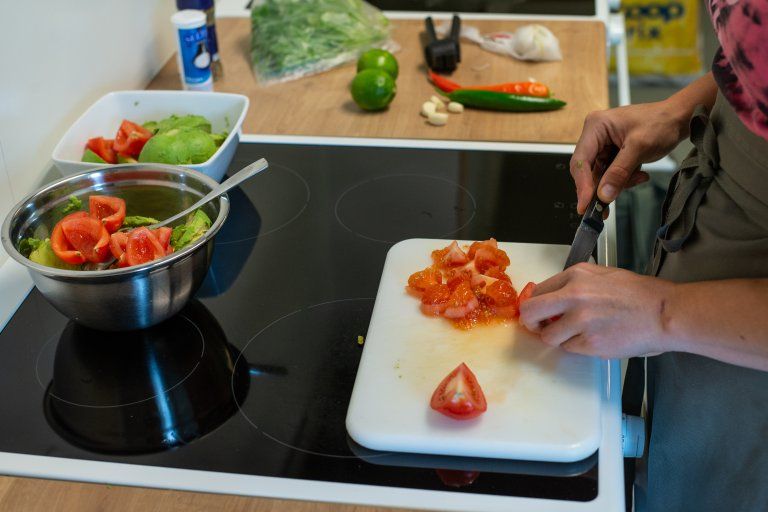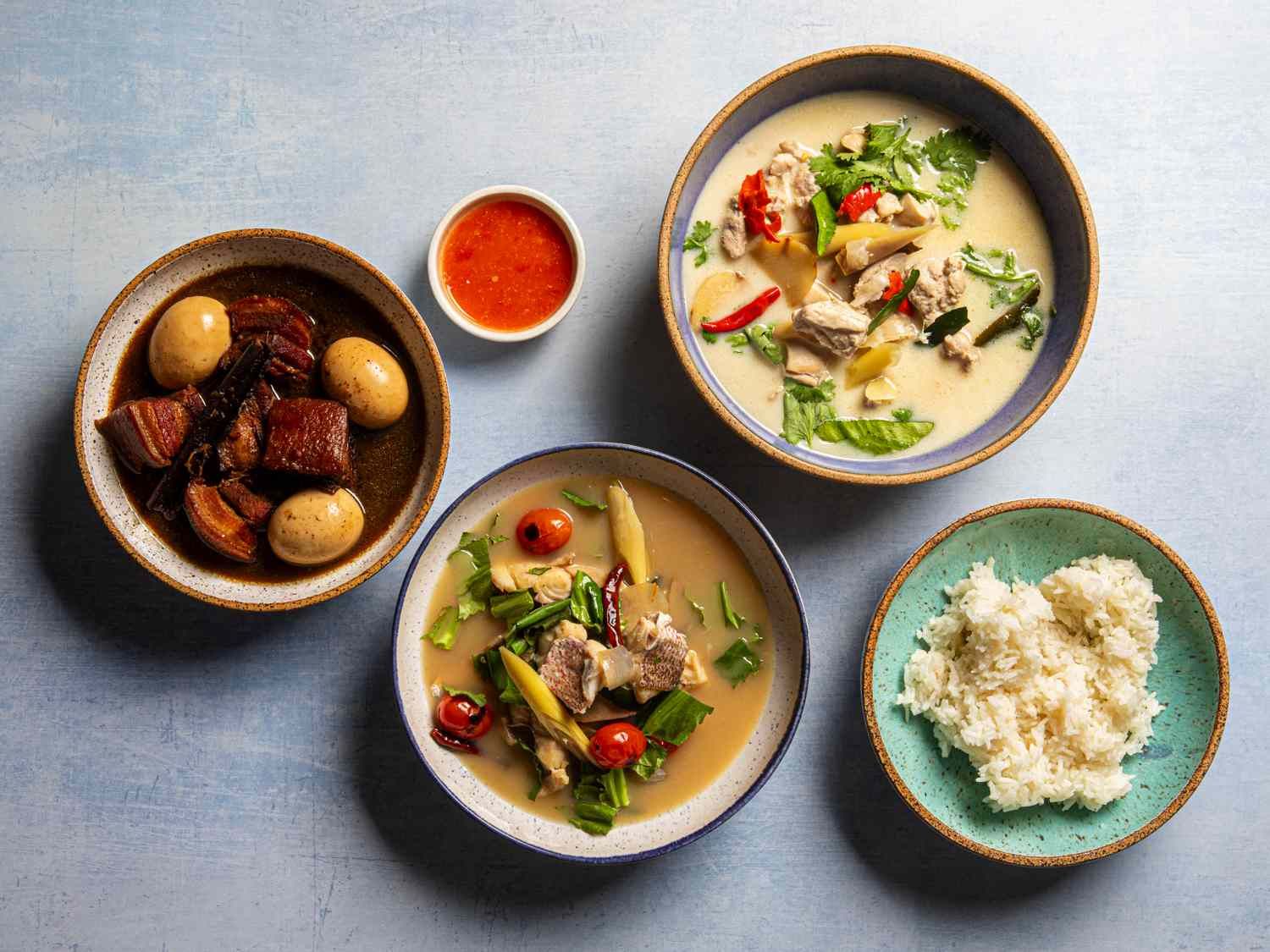Prison meals differ globally, reflecting culture and policy priorities.
Japan offers structured, balanced meals rooted in tradition.
Norway and Sweden use food as a tool for rehabilitation.
Italian prisons emphasize culinary heritage and cooking programs.
Some prisons prioritize dignity and nutrition over punishment.
How Prison Foods Around the World Reflect Culture and Humanity
A Quick Recap of This Story
Prisons are often associated with harsh conditions, but food plays a surprisingly important role in shaping the daily lives of inmates. Across the globe, prison meals vary significantly, reflecting local culture, nutrition standards, and government priorities.
While some countries prioritize rehabilitation through healthy diets, others serve minimal portions that barely meet nutritional needs. Interestingly, a handful of prisons are recognized for serving some of the best and most balanced meals in the world.
Japan – Balanced and Nutritious Meals
In Japan, prisons are known for their structured and disciplined approach, and this extends to meals. Inmates are served portions of rice, miso soup, fish, vegetables, and pickles. The emphasis is on balanced nutrition, portion control, and cultural relevance, mirroring the traditional Japanese diet.
Norway – Rehabilitation Through Quality Food

Norwegian prisons, particularly Halden Prison, are often praised for treating inmates with dignity. Meals include fresh vegetables, lean meats, and even access to kitchens where prisoners can cook. The philosophy here is that healthy and well-prepared meals contribute to rehabilitation and respect for human rights.
Italy – Culinary Tradition Inside Prisons
Italian prisons serve meals that reflect the nation’s rich culinary heritage. Pasta, bread, cheese, and fresh vegetables are staples. In some facilities, inmates even participate in cooking programs, preparing dishes rooted in regional traditions. This not only enhances nutrition but also provides culinary skills for reintegration into society.
Thailand – Flavorful and Local Dishes

In Thai prisons, rice remains the foundation of most meals, often paired with vegetables, soup, or fish. While conditions may vary, larger prisons occasionally serve curries and spicy side dishes. Despite strict environments, the meals reflect Thailand’s love for bold flavors.
Sweden – Focus on Rehabilitation and Freshness
Swedish prisons stand out for their focus on rehabilitation, and food is central to this mission. Meals often consist of fresh salads, fruits, lean proteins, and whole grains. Inmates are sometimes given responsibility for preparing meals, encouraging self-reliance and responsibility.
Conclusion
The best prison foods in the world are not only about taste but about philosophy. Nations like Norway, Japan, and Sweden view food as an essential part of rehabilitation, offering meals that balance nutrition and dignity. This reflects a broader understanding that even within prison walls, humane treatment fosters better outcomes for individuals and society.

0 comments
Be the first one to comment, but before that...
Here are some best practices for writing comments: